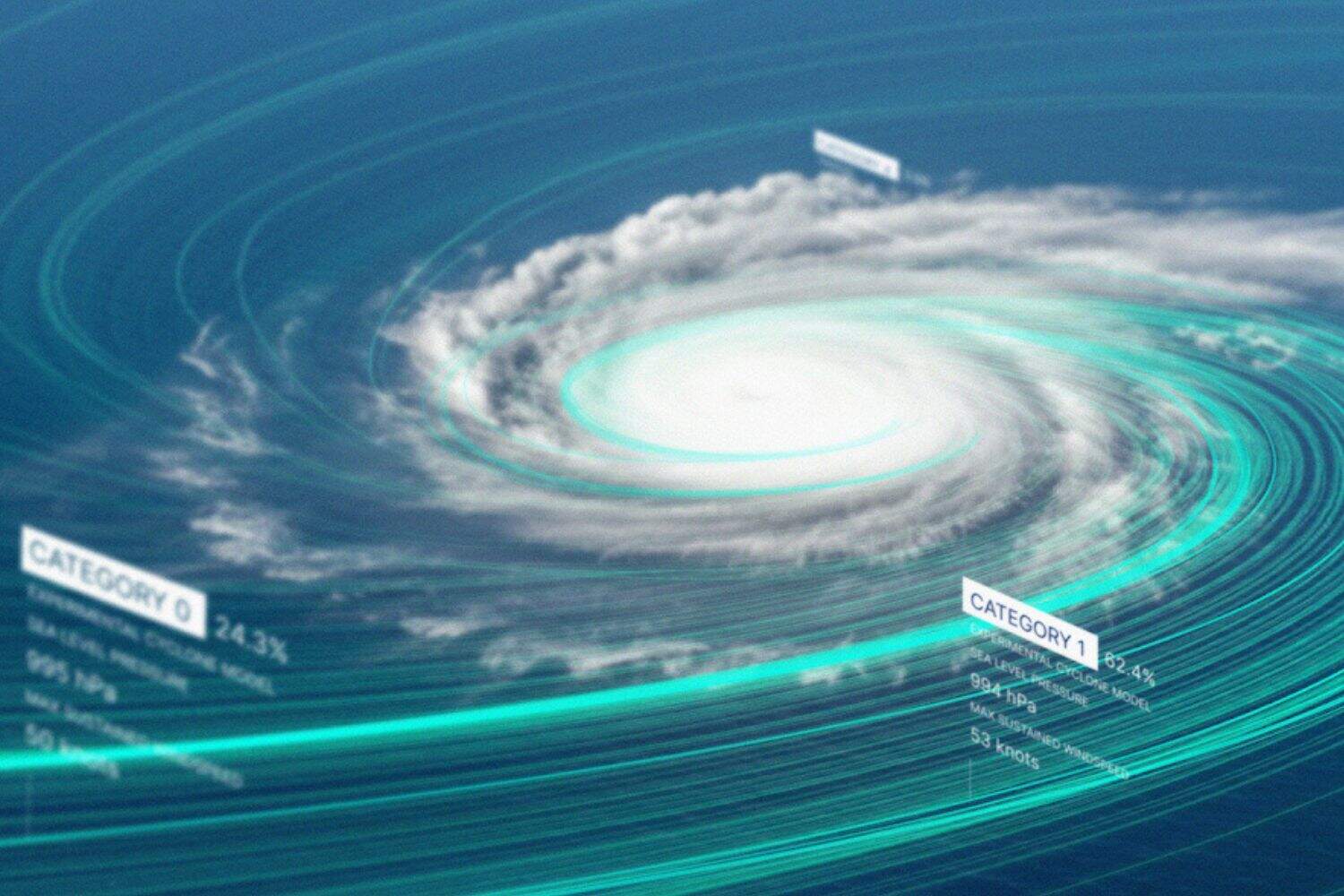Cyclones occur about twice a year on average in South Africa. While they rarely make landfall, they often bring strong winds and heavy rain.

As the Eastern Cape recovers from the devastating floods that have claimed more than 100 lives, South Africa is generally spared from major cyclones that could be catastrophic.
Cyclones occur on average about two times a year. They don’t make landfall but cause strong winds and rain in Limpopo, Mpumalanga and the North-West.
Weather patterns
To keep track of adverse weather patterns, Google DeepMind and Google Research announced a new advancement in artificial intelligence (AI) called Weather Lab for weather forecasting, particularly supporting better cyclone predictions.
The new research with AI includes a new experimental model, an interactive website for visualising AI weather models, and a partnership with the U.S. National Hurricane Centre this hurricane season.
Google said the new, experimental AI-based model for forecasting cyclones, also called typhoons or hurricanes when they reach a certain strength, can generate 50 different scenarios for a storm’s possible track, size, and intensity up to 15 days in advance.
ALSO READ: Google’s ‘Nowcasting’ uses AI for weather forecasting in Africa
Cyclones
Tropical cyclones, also known as hurricanes and typhoons, are among the most destructive and hazardous weather events. In the last 50 years, they’ve claimed hundreds of thousands of lives and caused $1.4 trillion in economic losses.
They are very sensitive to even small differences in atmospheric conditions, and data is sparse, making them notoriously difficult to forecast accurately. But improving forecasts can have a huge impact on protecting communities.
“Our experimental cyclone model addresses key challenges in cyclone prediction. It can skilfully predict a cyclone’s formation, track, intensity, and size – generating up to 50 possible scenarios, up to 15 days ahead,” Google said.
“According to our internal evaluations and evaluations from the Cooperative Institute for Research in the Atmosphere (CIRA), our model shows comparable or greater skill than the best operational physics-based models for cyclone track and intensity”.
Weather Lab
Weather Lab shows live and historical cyclone predictions for different AI weather models, alongside physics-based models from the European Centre for Medium-Range Weather Forecasts (ECMWF). Several of our AI weather models are running in real time: WeatherNext Graph, WeatherNext Gen and our latest experimental cyclone model.
Google released a research paper on how its tropical cyclone model works. It claims that its model’s predictions are at least as accurate as those of traditional physics-based models.
The NHC is working with Google to evaluate the effectiveness of the model.
Google’s collaboration with the NHC comes after the United States (US) President Donald Trump’s administration and the US Department of Defense slashed the National Weather Service’s staff and capacity for federal climate and weather research.
ALSO READ: WATCH: Google using AI to tackle food insecurity, weather and floods






